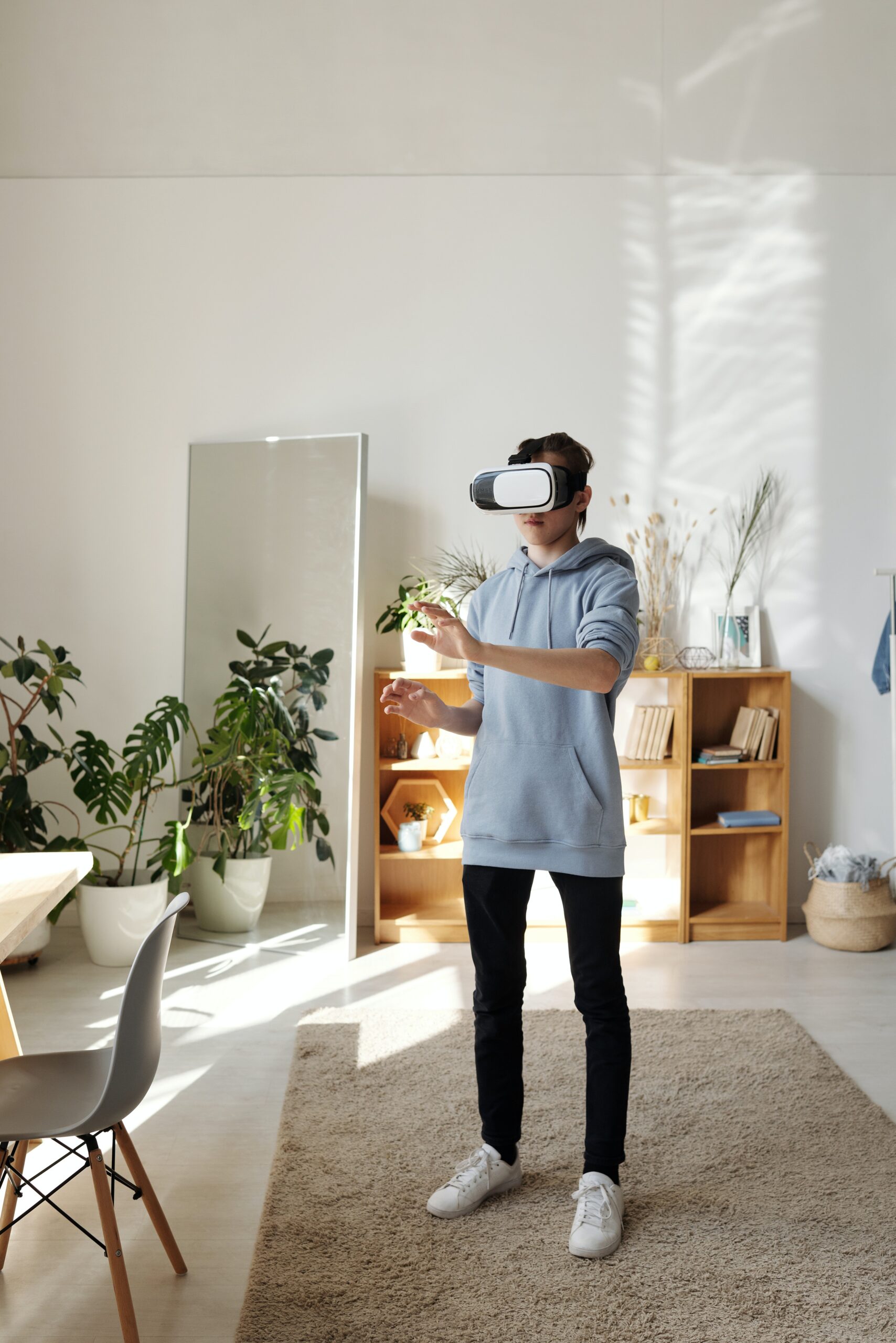
The Future of Home Staging – Virtual Staging
Home staging is styling and furnishing a property to enhance it to attract potential buyers and to sell the home faster, and at a higher price. But like everything around us becoming digital, home staging also has entered the arena calling it virtual staging. Virtual home staging is a more recent concept in which a design is created with highly realistic images of properties in a graphic editor. While 90% of the home staging market still consists of traditional staging, there is a growing awareness of virtual staging. 5-10% home stagings are now virtual.
The use of advanced digital technology has made it possible for home staging companies to offer virtual staging for those that don’t want to pay the high price of traditional staging or have limited time on hand to sell their property.
How Does Virtual staging work?
Virtual Staging uses a graphics software to digitally build a staged look. It adds furniture and fixtures to an empty room in right proportion and in right place. With kitchen cabinets, beds, sofas, wall art, and rugs added, it gives the room a realistic staged appearance.
Softwares like Hasten, Virtual Stager, Box Brownie, Spotless Agency, and Visually Staging Properties are used to virtually stage a property. The process is time-consuming as it has to be exceptionally accurate and photorealistic.
Virtual Staging Vs Traditional Staging
For Homeowners:
Traditional home staging from stagers who offer professional home staging services should be your preferred choice.
But if you have a rental property or lower priced listing and cannot afford traditional staging, virtual staging is the second-best option. Virtual staging costs almost one-tenth the price of traditional staging.
For Stagers:
While a stager requires a large inventory to stage a home, for virtual staging the company only requires to invest in the software. Stagers can use high quality images of their own furniture and fixtures to make the virtual space look realistic. Stagers can offer a variety of styles from the contemporary style of staging to mid-centurion, transitional, and more in virtual staging.
Benefits of Virtual Staging though in its nascent stage, there are a few advantages in choosing virtual staging over traditional home staging
services. They are,
- Increasing online presence
With 9 out of 10 buyers beginning their property search online, virtual staging may be a good way to show your property to a potential buyer especially located out of town. Instead of sending pictures of empty rooms which is often difficult for a buyer to visualize in terms of space, it is worth investing in virtual staging. Virtual staging pictures will include the placement of furniture, power points, light switches that will help put the room in a better perspective. - Multiple design options
With virtual staging, a homeowner can choose more than one style for any space to understand which looks better.
For example, the same bedroom can be designed virtually in a contemporary style and in a classical style. Depending
on what the potential home buyer may like, these styles are comparatively far easier to create and change than traditional staging. You could even try A/B testing the images on Facebook to see which one gets more clicks. - Lower cost
Not every homeowner can afford the price of home staging. Virtual staging is the perfect solution for owners with a limited budget. Since the stager saves on labor and investing in furniture and fixtures to place in the home, the virtual staging photographs come at a fractional cost of traditional staging.
- No need to vacate the home
Virtual staging is the perfect option for a seller who is unable to vacate the property while it is on the market. Since the potential buyers will not be visiting the property immediately, the seller can comfortably continue to live at home. - Flexibility
Virtual staging offers flexibility to work with partly furnished rooms. You can continue to retain some existing furniture if in good condition while adding more virtual furniture. Also, it allows you to add accent pieces without actually buying them. - First step to woo a potential buyer
Virtual staging is the perfect way to get eyeballs and create interest for a potential buyer to visit the listed property. It can be the first stage for homeowners and reals estate agents to garner the attention of a potential buyer. - From the comfort of your home
Virtual staging was a safe route during the pandemic when people were cautious about getting out to view properties. Virtual staging helps you to prioritize which homes to visit when buying a property rather than aimless visiting all listed properties.
Having said the above there are the disadvantage of virtual staging. In virtual staging, it is difficult to gauge the actual condition of the house. Also features like natural lighting and leakage, can be digitally enhanced/reduced.
Further, it could also delay the decision-making process as the homeowner, unlike in traditional staging lacks the feel to connect with the home that accelerates the decision making. Virtual Staging is not a 100% substitute for traditional home staging as yet but it is the first step in the future of home staging.
